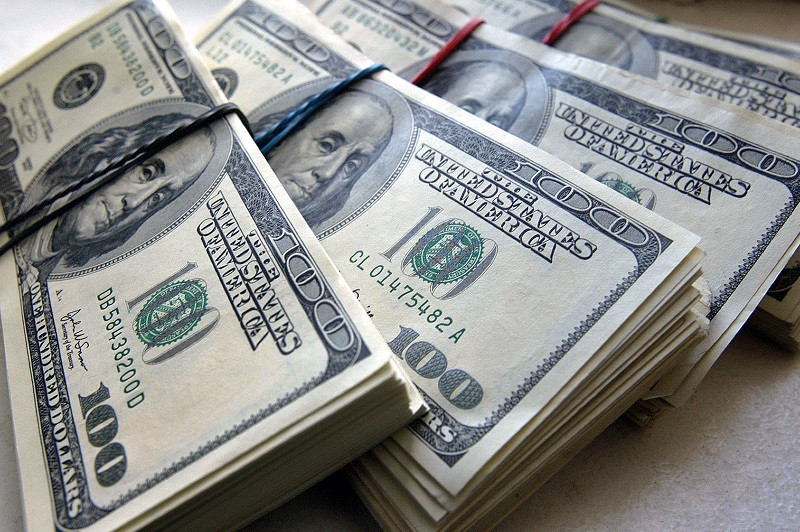The unprecedented and escalating attack by President Donald Trump on the Federal Reserve risks having the opposite effect, impacting financial markets and the economy with higher long-term borrowing costs.
Constant public pressure on the central bank, demanding interest rate cuts and accusing it of holding back economic growth, undermines confidence in the Fed and its independence. Investors concerned about political influence over monetary policy may require a higher risk premium when purchasing US debt instruments, which would increase borrowing costs for the government, corporations, and consumers. Higher long-term rates could ultimately slow economic growth, as businesses face higher investment costs and consumers face more expensive loans for cars, homes, and other major purchases. This could lead to reduced spending, a decline in business activity, and even recession.

In addition, political interference in monetary policy could undermine international confidence in the US dollar as a reserve currency. If investors lose confidence in the Fed's independence, they may start reallocating their assets into other currencies, leading to a weakening of the dollar and higher inflation. In the long term, undermining the independence of the central bank could have serious consequences for the country's financial stability and economic well-being.
It is worth recalling that Trump has once again escalated his criticism. Over the past two weeks, he not only attacked Chair Jerome Powell for failing to significantly lower interest rates to stimulate the economy but also announced the removal of Fed Governor Lisa Cook.
However, as many economists point out, despite the Fed's control over short-term interest rates, it is the yield on 10-year Treasury bonds—set in real time by traders worldwide—that largely determines how much Americans pay for trillions of dollars in mortgages, business loans, and other debt.
At the end of last week, Powell signaled his readiness to begin easing monetary policy as early as next month. However, long-term bonds and their yields remain persistently high. The main reason is tariffs, which may exacerbate already elevated inflation. Trump's tax breaks could also become an additional stimulus next year, fueling inflation even further. Add to that concerns that a Fed loyal to the president might cut rates too much and too quickly, thereby undermining confidence in the central bank as an inflation fighter, and long-term rates could end up even higher than they are now, which would put pressure on the economy and potentially destabilize other markets.
Against this backdrop, the US dollar remains relatively stable, even despite Powell's statements on Friday. This is also why there was no broad sell-off of the dollar against risk assets, and why we did not see the bullish market momentum from last Friday continue into the start of this week.
A combination of weak wage growth in the US and pressure on the Federal Reserve from the White House is starting to create real problems for US Treasury investors, given that inflation is still well above the Fed's target. Significantly cheaper money in the short term would trigger economic growth but would also lead to a substantial increase in inflation. Deficit and inflation risks will support high long-term bond yields, while also maintaining demand for the US dollar.
As for the current technical picture of EUR/USD, buyers now need to reclaim the 1.1630 level. Only this would allow for a test of 1.1660. From there, it may be possible to reach 1.1690, although doing so without support from major players would be quite problematic. The furthest target would be the high at 1.1740. In case the instrument declines, I expect significant buying activity only around 1.1600. If there is no support there, it would be preferable to wait for an update of the 1.1565 low or to open long positions from 1.1530.
Regarding the current technical outlook for GBP/USD, pound buyers need to take out the nearest resistance at 1.3490. Only then would it be possible to target 1.3523, above which further progress will be difficult. The furthest target is the 1.3560 level. If the pair falls, the bears will attempt to gain control at 1.3440. If successful, a breakout of the range will deal a significant blow to the bulls' positions and send GBP/USD to the 1.3420 low with the prospect of moving toward 1.3390.












